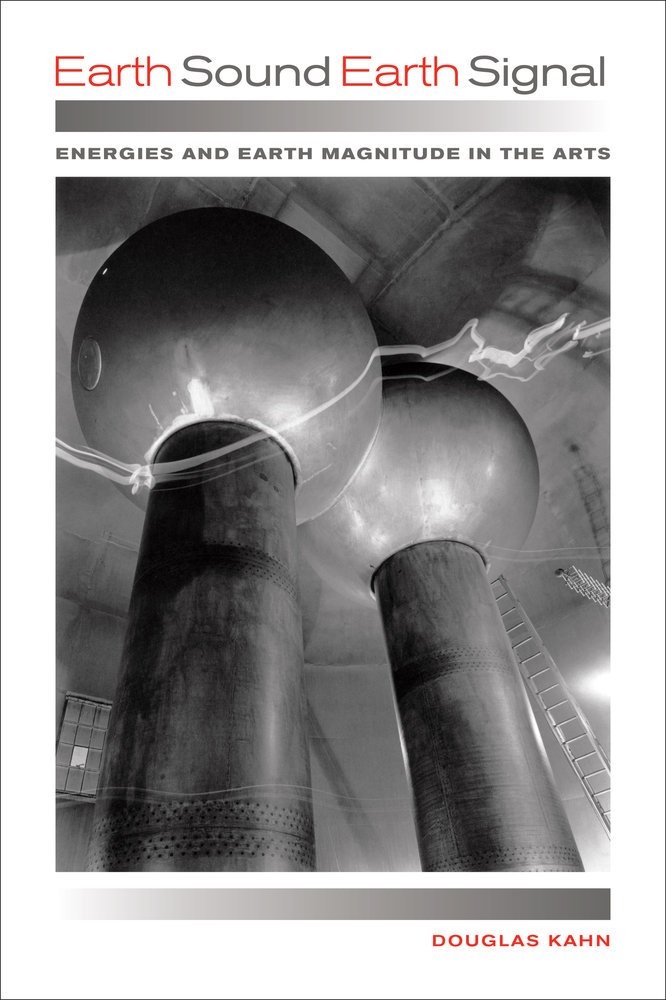Charles W. Turner: Xenakis in America (2014)
Filed under book | Tags: · biography, composition, computer music, electroacoustic music, electronic music, mathematics, music, sound synthesis

Iannis Xenakis had a long-standing interest in the U.S., but given the five years he spent there, little has been written about his experiences. This study attempts, through archival research and interviews, to document Xenakis’ time in the United States. Its subject is his relationship to American cultural institutions, and the attraction of America for his musical composition and research.
Xenakis in America treats the period from Copland’s invitation to Tanglewood in 1963, through Xenakis’ 1972 investment by France as a state-supported artist. While he visited the U.S. many times thereafter, he no longer sought long-term engagement with U.S. institutions, but presented work completed elsewhere. After his summer at Tanglewood, performances of Xenakis compositions by Schuller, Foss and Bernstein (among others) are tracked throughout the 1960s and 1970s. Xenakis’ association with George Balanchine is examined, along with the reception of Xenakis’ theoretical writings, culminating in the publication of Formalized Music. in 1971. Xenakis’ collaboration with Alexis Solomos on Aeschylus’ Oresteia, produced in 1966 by the Ypsilanti Greek Theatre, is explored, as well as the founding of Xenakis’ research center CMAM at Indiana University in 1967, which he would build over the next five years.
Concerning Xenakis’ reasons for coming to America, there are two major motivations. First, there were reasons to look beyond France: its state institutions, up to the late 1960s, provided little support for avant-garde composition. Later, there were reasons to return: with the Polytope de Cluny of 1972, the Ministry of Culture signaled a policy change that favored Xenakis, and established his CeMAMu as a state-supported research center. Second, Xenakis’ opportunities in the U.S. satisfied his interest in working outside the boundaries of autonomous composition. The collaboration on the Ypsilanti Oresteia offered Xenakis involvement with both ancient and modern Greek theater, and Bloomington’s sponsorship of CMAM, which included the equipment necessary for computer synthesis of sound, gave Xenakis access to technology unavailable in France at the time.
Publisher One Block Avenue, Tappan/NY, October 2014
Open Access
ISBN 9780692267165
146 pages
The printed book is available from Lulu.com. Proceeds go to The Friends of Xenakis Association.
Comment (1)Iannis Xenakis: Music and Architecture: Architectural Projects, Texts, and Realizations (2008)
Filed under book | Tags: · architecture, composition, computer music, electroacoustic music, electronic music, mathematics, music

“This work fills a major lacuna in the literature by bringing together for the first time all of the projects, realizations and texts related to architecture by the multi-faceted Iannis Xenakis who worked with Le Corbusier for 12 years. Sharon Kanach assisted the composer in gathering the texts for this his last ambitious project.
The material in the book is presented under four main headings: “The Le Corbusier Years”, “Xenakis as Independent Architect”, “Writings on Architecture”, and “The Polytopes”. Three annexes include a commented bibliography of writings by and on Xenakis compiled by Makis Solomo, a critical index of Xenakis’s architecture by Sven Sterken, and a comparative chronology of Xenakis’s life and work by Sharon Kanach. The latter’s commentary throughout the book strives to bridge the reciprocal influences between music and architecture in the Xenakis oeuvre.”
Compiled, Translated and Commented by Sharon Kanach
Publisher Pendragon Press, Hillsdale/NY, 2008
The Iannis Xenakis Series, 1
ISBN 9781576471074
337 pages
via philip
Reviews: M.J. Grant (Music & Letters, 2010), James Harley (MusicWorks, 2010).
PDF (84 MB, no OCR, updated on 2020-9-23)
Comments (2)Douglas Kahn: Earth Sound Earth Signal: Energies and Earth Magnitude in the Arts (2013)
Filed under book | Tags: · acoustics, art, art history, cold war, computer music, earth, electromagnetism, electronic music, energy, experimental music, geophysics, hearing, history of science, light, media history, music history, nature, noise, perception, radio, science, sound, sound art, sun, technology, telegraphy, telephone

“Earth Sound Earth Signal is a study of energies in aesthetics and the arts, from the birth of modern communications in the nineteenth century to the global transmissions of the present day. Douglas Kahn begins by evoking the Aeolian sphere music that Henry David Thoreau heard blowing along telegraph lines and the Aelectrosonic sounds of natural radio that Thomas Watson heard through the first telephone; he then traces the histories of science, media, music, and the arts to the 1960s and beyond. Earth Sound Earth Signal rethinks energy at a global scale, from brainwaves to outer space, through detailed discussions of musicians, artists and scientists such as Alvin Lucier, Edmond Dewan, Pauline Oliveros, John Cage, James Turrell, Robert Barry, Joyce Hinterding, and many others.”
Publisher University of California Press, 2013
ISBN 0520956834, 9780520956834
343 pages
Reviews: Alessandro Ludovico (Neural, 2013), Christopher Haworth (Organised Sound, 2015), Adam Trainer (Continuum, 2015).
PDF (removed on 2014-3-19 upon request of the publisher)
Comment (0)
